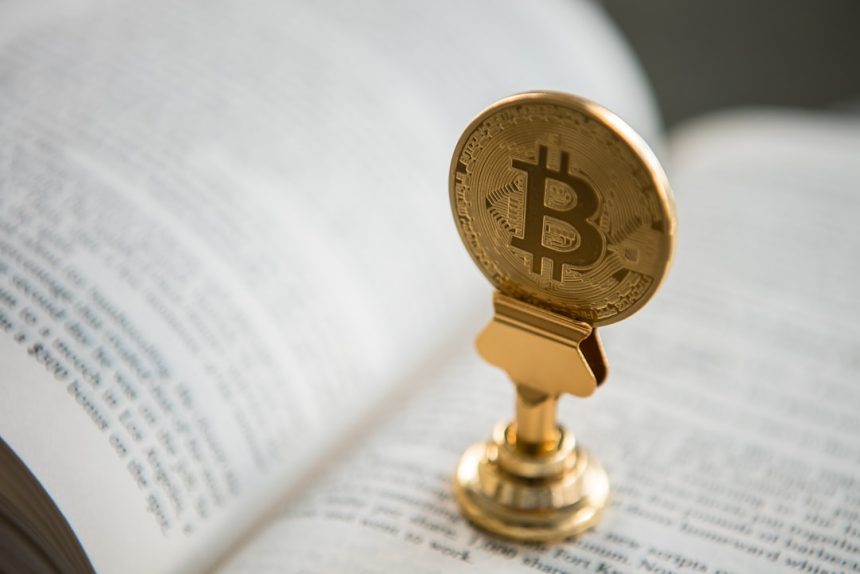In today’s digital age, privacy has become a paramount concern, especially in the world of cryptocurrency. While most people have heard of Bitcoin and Ethereum, few realize how transparent those blockchains are. Anyone can trace a transaction, find the wallet address, and follow the money trail. For individuals and entities prioritizing confidentiality, this openness is far from ideal. Enter Monero (XMR) — a cryptocurrency designed from the ground up to be untraceable and private. But is XMR truly untraceable? Let’s break it down.
What Makes Monero Different?
Monero operates on a decentralized blockchain, like most cryptocurrencies. However, unlike Bitcoin, Monero uses advanced cryptographic techniques to obscure details such as the sender, receiver, and amount of every single transaction. Here are some key technologies underpinning Monero’s privacy:
- Ring Signatures: These allow a sender to hide among a group of users, making it extremely difficult to determine who initiated the transaction.
- Stealth Addresses: Every transaction generates a one-time address for the recipient, hiding their actual wallet address.
- Ring Confidential Transactions (RingCT): This conceals the amount being sent in a transaction.
Together, these features create a shroud of mystery around each transaction, giving rise to Monero’s reputation as the “privacy coin.”
Can XMR Transactions Be Traced?
In theory, no. Monero’s design intentionally thwarts blockchain analysis, which is typically used to trace and link transactions in other cryptocurrencies. Analysts attempting to follow the money on Monero will find themselves lost in a forest of decoys, encrypted data, and unlinkable addresses. However, let’s explore some nuances.
1. Blockchain Analysis Still Happens: While Monero is private by default, blockchain surveillance firms have claimed partial success in probabilistically identifying some XMR transactions. These claims are, however, largely unsubstantiated and only applicable under very specific circumstances. For example, if a user reuses a stealth address or interacts with centralized exchanges that do KYC (Know Your Customer), they might expose their identity.
[ai-img]monero, blockchain, privacy[/ai-img]
2. Exchange Gateways: When people buy or sell XMR on centralized exchanges, their personal data might be tied to those transactions, depending on the platform’s privacy policy and regulatory compliance. Therefore, while the transaction on the blockchain may be untraceable, law enforcement or regulators with access to exchange data might piece together an identity.
3. Operational Security: Even the most private system is susceptible to user error. If someone publicly discloses their wallet address, or links it to personal information, this opens up potential avenues of traceability—even if the blockchain itself offers no clues.
Why Governments Are Concerned
Because of its robust privacy model, Monero is often portrayed as the cryptocurrency of choice for criminals. Indeed, it has been used in darknet markets and ransom demands. This has earned Monero increased scrutiny from regulatory bodies and law enforcement agencies around the world. Some exchanges have delisted XMR in response to anti-money laundering regulations, fearing legal repercussions.
Ironically, these same features that make Monero attractive to bad actors are also immensely valuable to those seeking legitimate privacy: activists under repressive regimes, journalists, or individuals desiring confidentiality about their wealth.
Is Monero Future-Proof in Terms of Privacy?
Monero’s development team remains active and continually updates the protocol for improved privacy and scalability. However, no system is entirely future-proof. Technological advances—especially in quantum computing or machine learning—could one day chip away at the barriers Monero has built.
[ai-img]cryptocurrency, data security, quantum computing[/ai-img]
Still, Monero’s open-source nature and active community are significant strengths. Continuous peer review and updates mean it evolves in tandem with threats. While governments and surveillance firms may try to keep up, Monero has thus far managed to stay ahead of the curve.
Conclusion
So, is XMR untraceable? The answer is a resounding yes—within the context of existing technology and user practices. Its privacy design makes it exceptionally difficult to trace transactions, especially when users follow best operational security practices. However, the ever-changing landscape of technology and law enforcement tools means that 100% anonymity can never be guaranteed.
At its core, Monero serves a vital role in protecting the right to financial privacy. Whether you’re a privacy advocate, an everyday user, or simply curious about secure digital money, XMR remains a fascinating and critical innovation in the crypto space.









